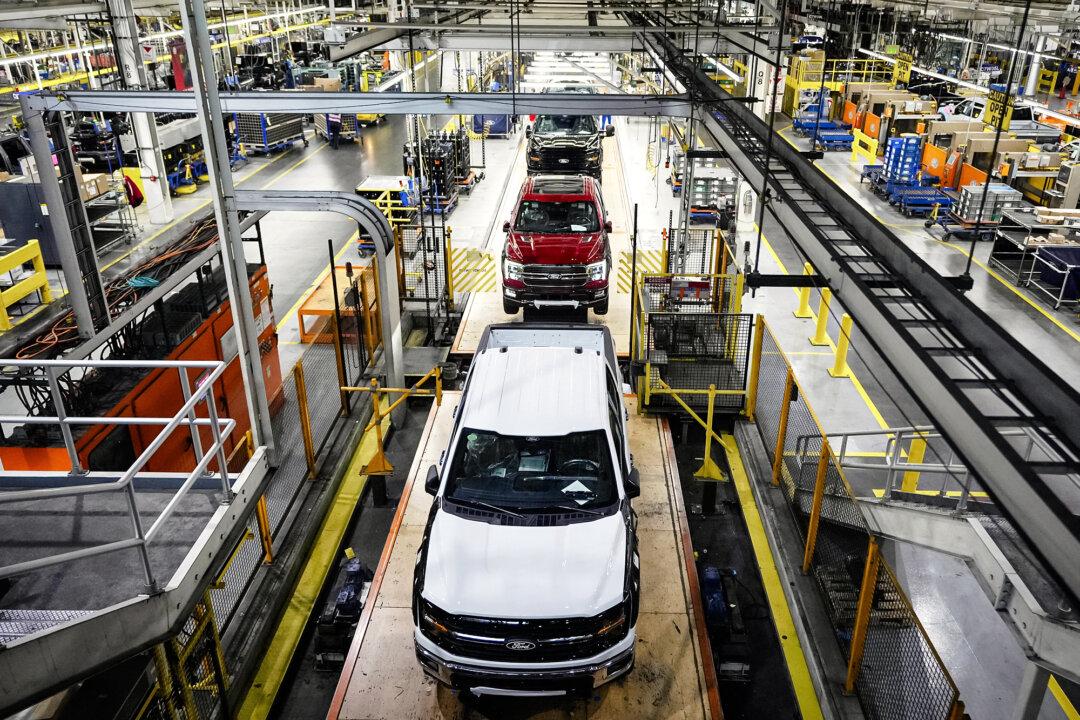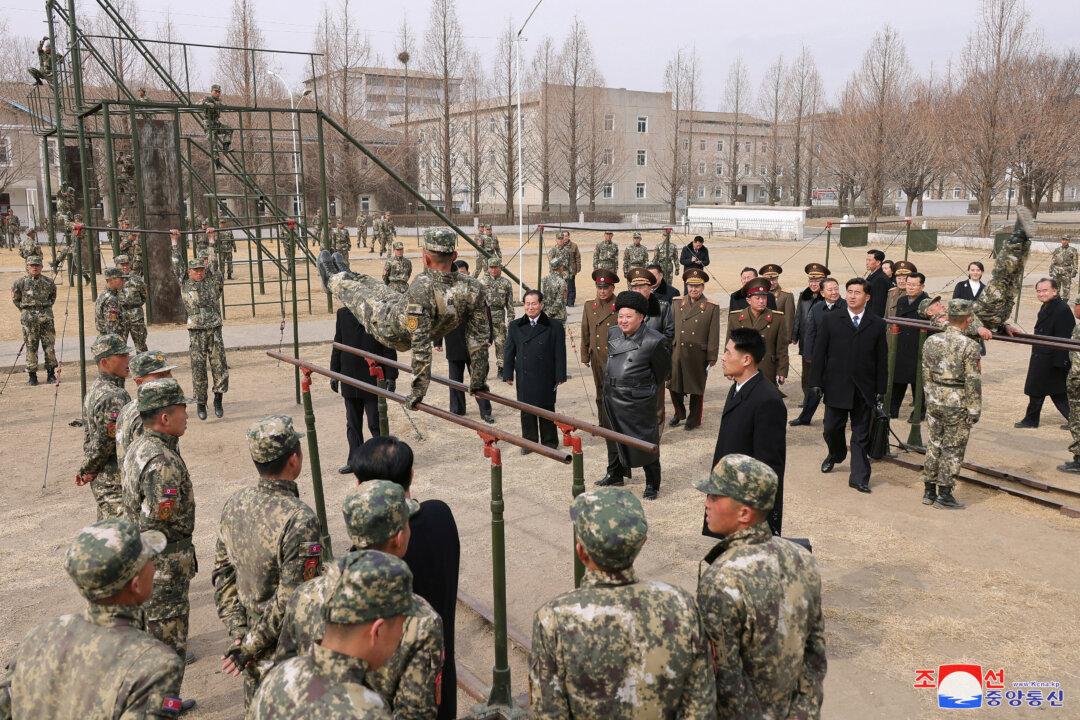South Korea has unveiled a high-power ballistic missile that experts believe is capable of destroying North Korea’s underground facilities and bases.
The new ballistic missile was among key weapons displayed during South Korea’s Armed Forces Day on Saturday. The military showed off the new weapon in a short video clip, touting it as having “the world’s largest warhead.”
Shin Jong-woo, a senior researcher at the Korea Defense and Security Forum, said the missile is built for cold launch, in which the rocket engine is ignited after the missile clears the silo, the report said.
Shin deduced from the video clip that the new ballistic missile carries a heavier warhead than the previous Hyunmoo-2, which uses the hot launch method—in which the engine is ignited on the launch pad.
“If the warhead is heavy, it has a strong impact on a launcher. So Russian intercontinental ballistic missiles launched on a transporter erector launcher often use the cold launch method,” he told the news outlet.
While Shin could not predict the size and weight of the payload based on the video, he said the missile would be “more destructive” with a heavier warhead, though the new missile appears to be in its early stages of development.
“A high-power ballistic missile with a heavier warhead has increasing kinetic energy when descending, thus possessing a higher power to destroy underground facilities and bases by penetrating the ground,” he said.
“It is expected that the missile is developed in a way to target and strike North Korean military facilities deep in underground tunnels,” Shin added.
During the commemorative ceremony on Saturday, President Yoon Suk-yeol vowed a “resolute and overwhelming response” from the South Korea-U.S. alliance if North Korea launches a nuclear attack.

Construction Spotted at Nuclear Test Facility
Beyond Parallel, a U.S.-based Center for Strategic and International Studies (CSIS) project, on Monday reported spotting construction work at North Korea’s main nuclear test facility in Punggye-ri, which the Kim regime demolished in May 2018 as a sign of its commitment to end nuclear testing.“The construction of the access road to Tunnel No. 4 (also known as the West Portal) has resumed, and the road is now cleared to the area directly in front of the collapsed portal,” it stated, citing satellite images captured on Sept. 29.
“There is no new activity at Tunnel No. 3. This is expected because both the United States and South Korea assess North Korea as having finished all preparations for conducting a nuclear test using this tunnel,” the report added.
The report notes that the construction work at Tunnel No. 4 could be part of an expansion of North Korea’s nuclear testing capabilities or “a strategic deception plan.”
“The timing of a seventh nuclear test now remains solely within the hands of Kim Jong Un,” it stated.





